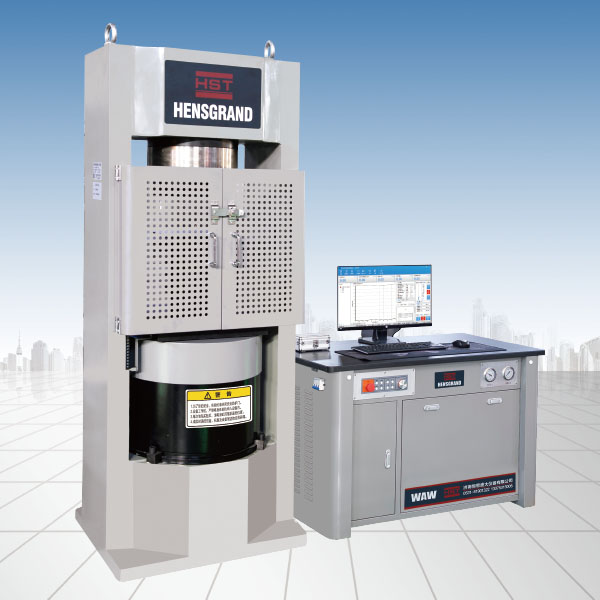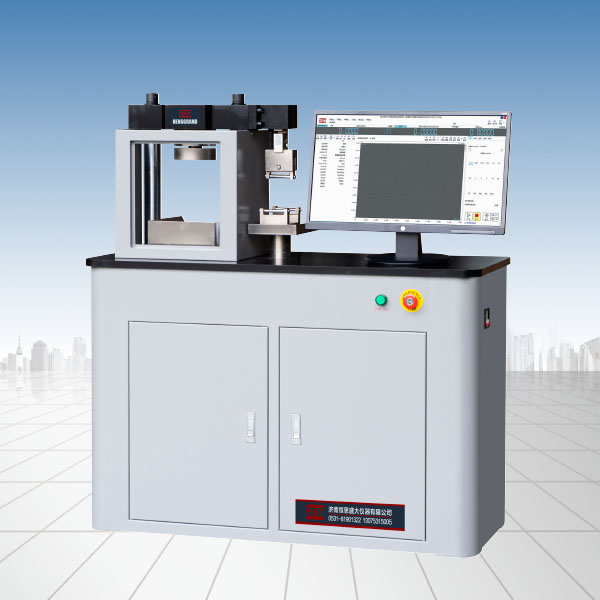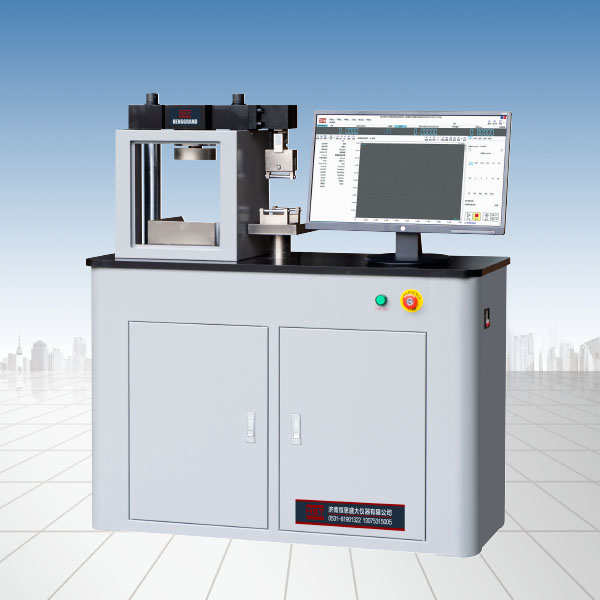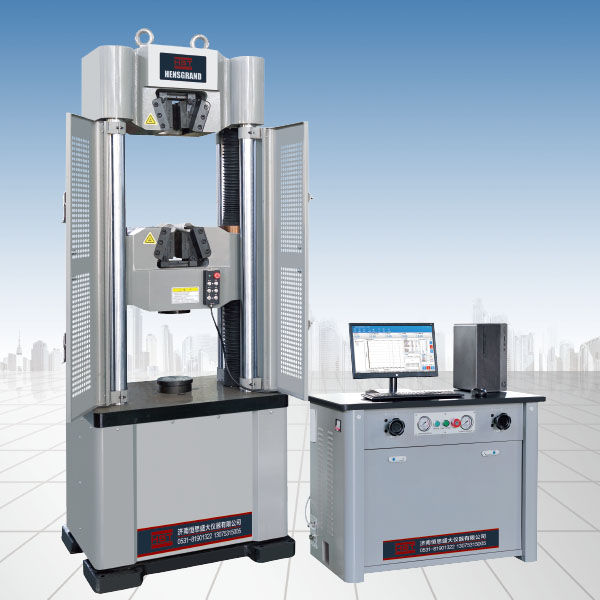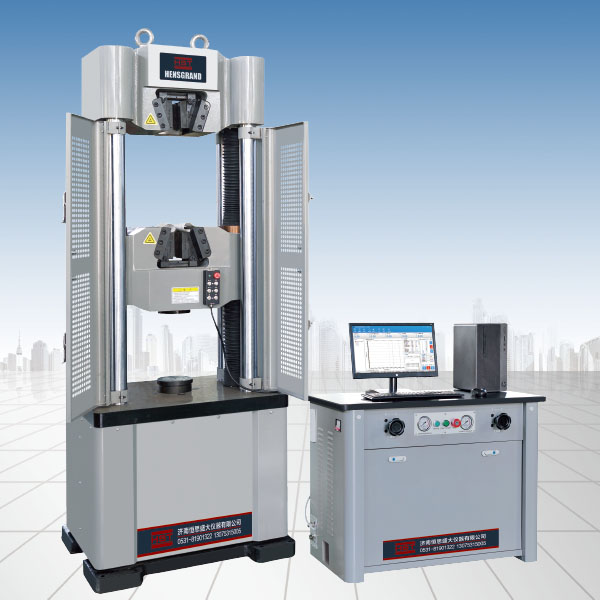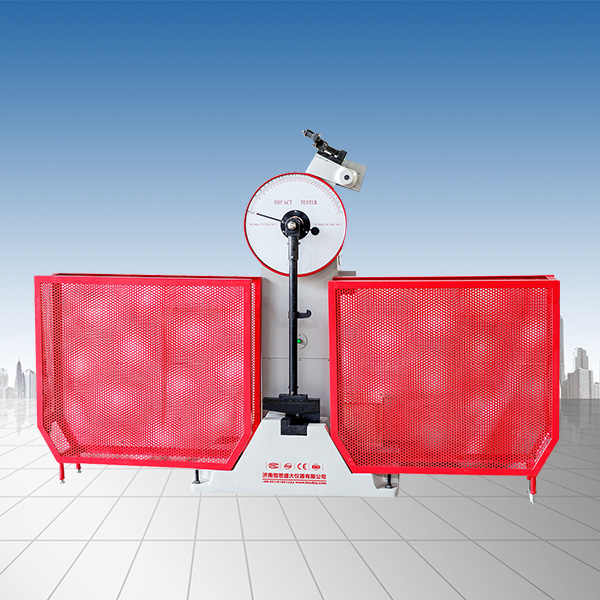Company News
3-step explanation of the test machine standard
Release time:2018-11-23 source:Jinan Hengsi Shanda Instrument Co., Ltd. Browse:
The test machine includes:Universal testing machine, tensile testing machine, impact testing machine, pressure testing machine and other instruments and equipment. When purchasing a testing machine, customers will choose corresponding testing machines according to their needs. The following explains the method of 3-step testing machine.
1. Preparation of the sample: The universal testing machine takes the gauge distance in the middle section of the specimen or uses a foot marking to mark both ends of the gauge distance, and uses a vernier caliper to measure the diameters at the middle and both ends of the specimen within the gauge distance range of the specimen to take a small value as a calculation of the cross-sectional area of the specimen.
2. Preparation of the test machine: First understandUniversal testing machineThe basic structural principles and operating methods of the test machine are learned. According to the strength limit of low carbon steel and the cross-sectional area of the specimen, the load required for tensile specimen is initially estimated, the appropriate velocity measurement dial is selected, and the corresponding pendulum is installed, the machine is activated, the force measurement pointer is adjusted to "zero point", and then the position of the lower chuck of the test machine is adjusted, and the specimen clip is installed in the chuck.
3. Perform the test: After the test piece is clamped, the test piece is loaded slowly and evenly. Use the automatic drawing device on the test machine to draw the relationship between external force and deformation curve. When the load increases to the point, the upper section of the stretching diagram is a straight line indicating the proportional relationship between the load and the specimen in this stage, that is, the elastic deformation range that conforms to Hook's law. When the load increases to the point, the dynamometer pointer stays still or suddenly drops to the point and then swings within a small range. At this time, the deformation increases very quickly and the load increases very slowly. This shows that the material produces stress corresponding to the flow point. The upper flow limit and the corresponding stress are called the lower flow limit. Because the lower flow limit is relatively stable, the flow limit of the material generally stipulates that the value of the lower flow limit is divided by the original cross-sectional area of the specimen to obtain the flow limit of the low carbon steel. After the flow stage, the specimen must bear greater external forces before it can continue to deform. To increase the plastic deformation, the load must be increased, such as the point to point in the figure is the strengthening stage. When the load reaches the value point, the plastic deformation of the specimen is concentrated in a small section at a certain section. This section shrinks in cross-section, which means "necking" occurs. Turn off the machine, remove the broken specimens and tightly match the broken specimens together, use a vernier caliper to measure the length between the gauges of the specimens after breaking, and calculate the elongation of the low carbon steel according to the following formula.
RelatedMaterial testing machineTechnical articles are all available in: Jinan Hengsi Shanda Instrument Co., Ltd.
Label:Universal testing machine,Hydraulic universal testing machine,Tension tester,ImpactTesting machine, twisting test machine, Material Testing Machine
Recommended productsPRODUCTS


















